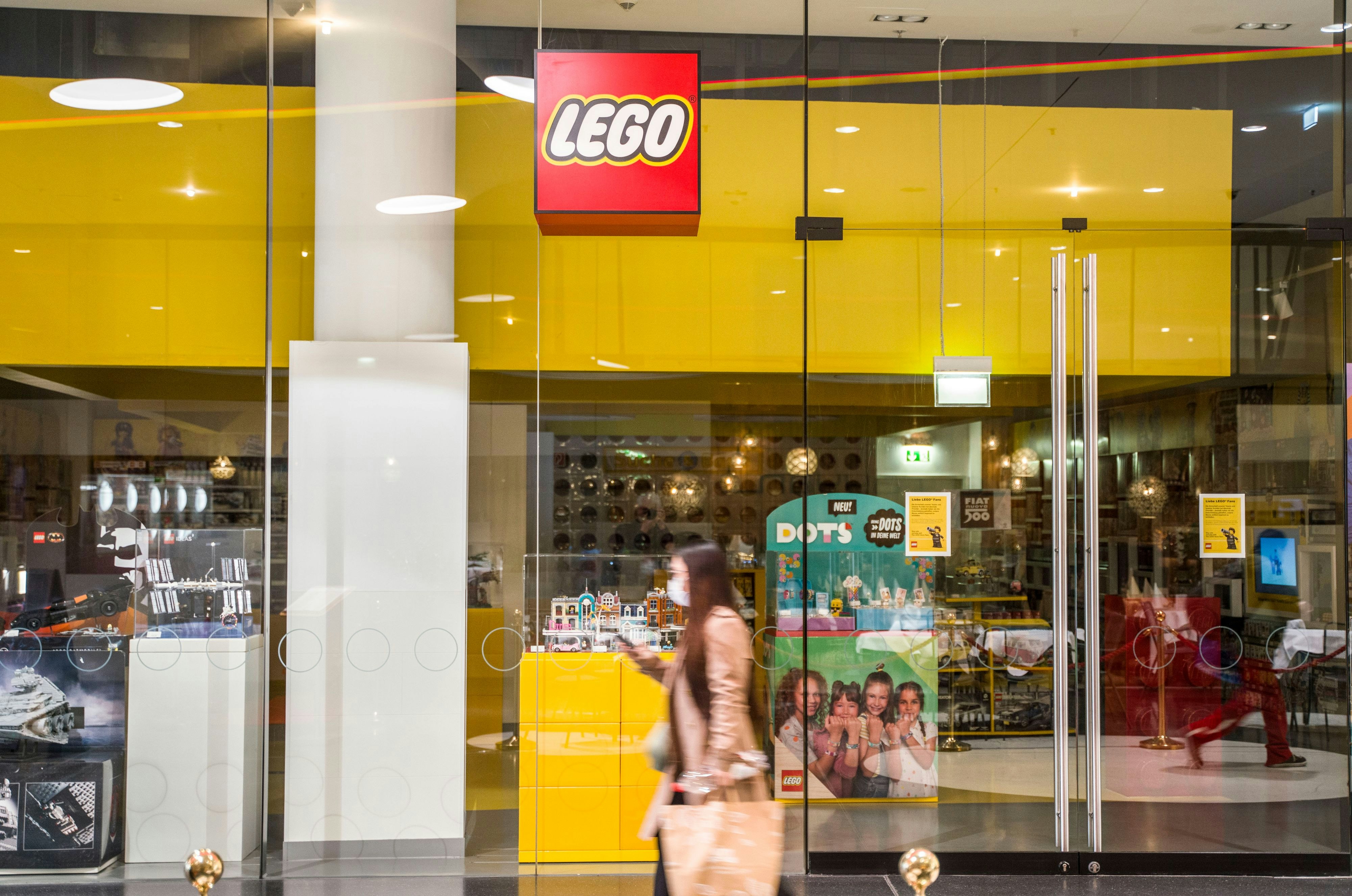The number of young people who are attracted to mining gold from the river, following the example of prospectors, is increasing. This was stated by representatives of the Czech Gold Miners’ Club and the municipality.
–
“It’s tempting for people to get out into nature with friends. It’s romantic because some of the events are in places where there was a gold rush in the past, so a throwback to the past. Then the possibility that you will find something interesting, because in addition to gold, you can find heavy minerals, garnets, sapphires. It’s an adventure,” said Vilém Jansa, chairman of the Czech Gold Diggers’ Club.
–
The pros have the river loaded
The principle of the competition is simple. With a shovel, the gold diggers fill pans with sand and stones, then just spin them and grind them with water. Gold coins will remain at the bottom, which the rice players then stick on the competition cards. They find ten to 25 gold coins in one round, some even over thirty. But they would need 10 to 12 thousand for one gram of gold.
–
Are you worried about rising prices? Come try your luck and draw gold 🤩! On Saturday, the 30th edition of Ryžování zlata in Otava takes place. Entrance fee 149 CZK or 100 CZK in advance at OU Kestřany.
Posted by Info center Písek on Thursday, August 4, 2022
Are you worried about rising prices? Come try your luck and draw gold 🤩! On Saturday, the 30th edition of Ryžování zlata in Otava takes place. Entrance fee 149 CZK or 100 CZK in advance at OU Kestřany.
Posted by Info center Písek on Thursday, August 4, 2022
–
—
This year’s attendance was average, according to Jansa, because it was under a cloud; when it’s hot, more people ride. “A third are children, twenty percent are amateurs, the rest are professionals. They draw even more, they’ve been coming here for years, they’ve loaded the river. It’s mainly about strength, because you have to cut through as much material as possible within the time limit. We have gold diggers here who are very physically fit. While the average gold digger digs five pans, they make fifteen. And the more pans you carve, the more chances you have for gold coins,” said Jansa. The pan can hold three to five kilograms at a time.
–
The Kestřany search for gold coins, tiny flakes of the most glittering metal, came about thanks to the Písek Museum. In 1992, the museum staff had the idea of demonstrating panning on the river on historical troughs or cradles. The honorary chairman of the gold diggers’ club, Vladimír Bláha, nicknamed Bláža, hopes that the event will continue for another thirty years. Now, at the age of 73, he acts as a starter, instructs the contestants, and ensures that panning is done according to the rules.
–
“It is interesting that it rains on Saturday for most years. There were fewer dry years than rainy years. In 2002, we finished and two days later the floods came, we had a huge crowd,” said Bláha.
–
The Celts were already panning for gold
The water in the river at the bridge behind the village was warm this year. Last year there was a big burst of clouds at the beginning, on Saturday morning the organizers had to hire an excavator to repair the bank. Several types of pans are used for panning. “They’re Chinese, like that slanted Chinese hat. Then there is the klondike type, a pan that has a flat bottom. And then there are racing pans, we call them turntables, flat ones that have notches and are faster,” Jansa described.
–
At the event, there is a free panning school, shovels and pans are loaned to those interested. The gold diggers’ club with 70 members and an average age of 50 tries to bring young people to this passion as well.
–
The budget of the event, where the folk bands Nezmaři or Marien played, is up to 200,000 crowns. It is paid by the municipality. Visitors will also like to see the local medieval fortress.
–
video">Don’t miss out on the Gold Rush in Kestřany
Posted by Zbyněk Marík on Saturday, August 6, 2022
—
“When (the event) started, it was so poetic, just country music by the fire in the evening. Today we are doing a full day program until midnight. It used to be in the open air, now we have tents and stands here, the comfort is greater,” said mayor Lubomír Málek.
–
In some years, up to 2,000 people went. Extensive remains of panning on the “gold-bearing” Otava and in its tributaries testify to the fact that, especially in the 13th and 14th centuries, Pootaví was one of the most profitable gold deposits in Central Europe. The gold panned along the Otava River came from deposits around the Kašperské Hory and was the main source of wealth for the Czech monarchs. The Celts were already extracting gold from the river.
—
–Related posts:


